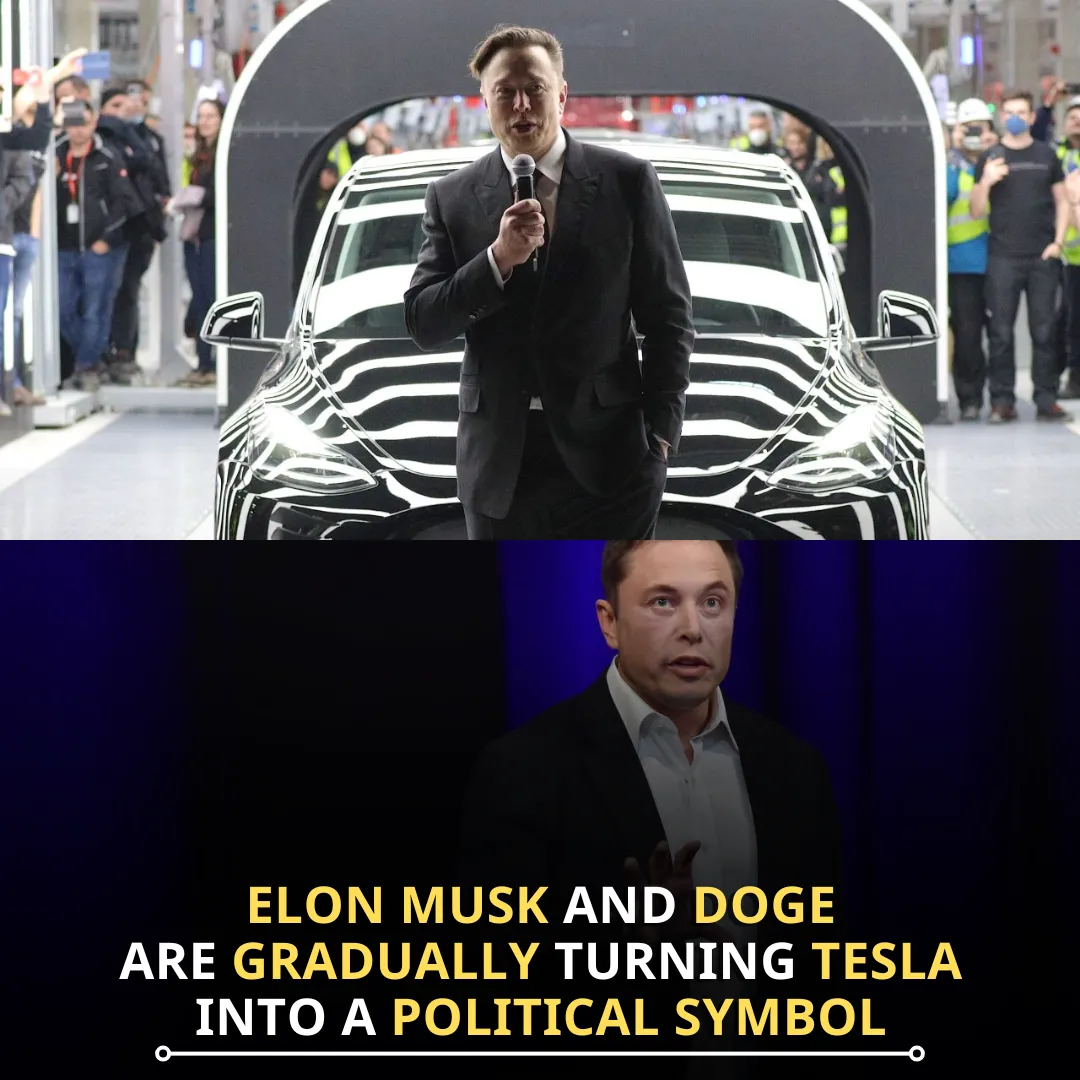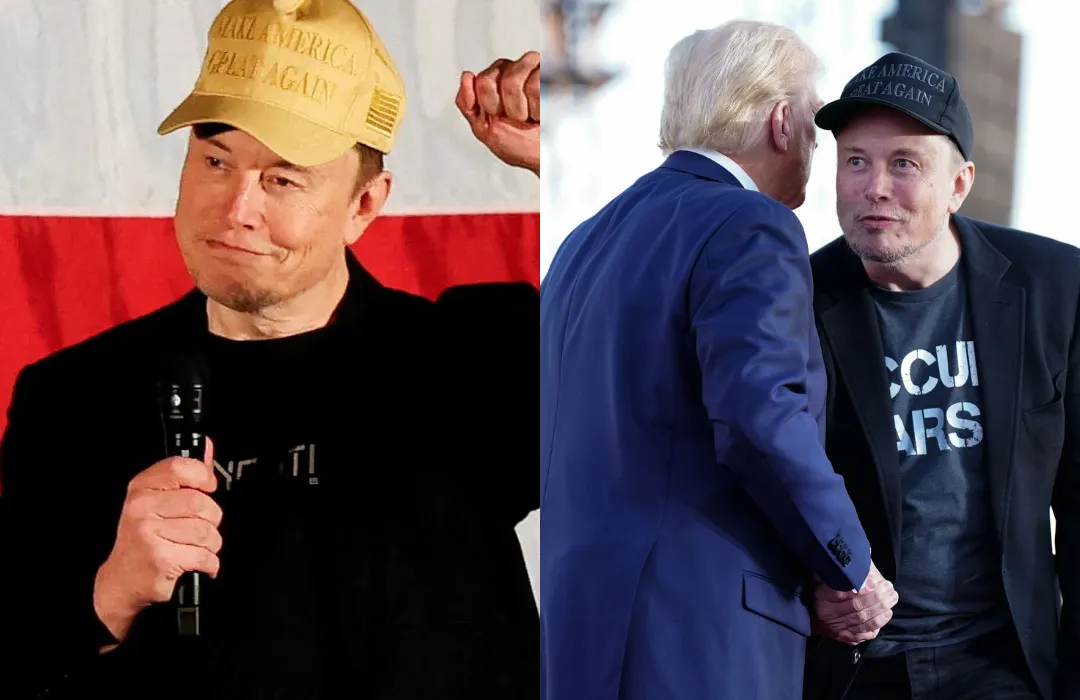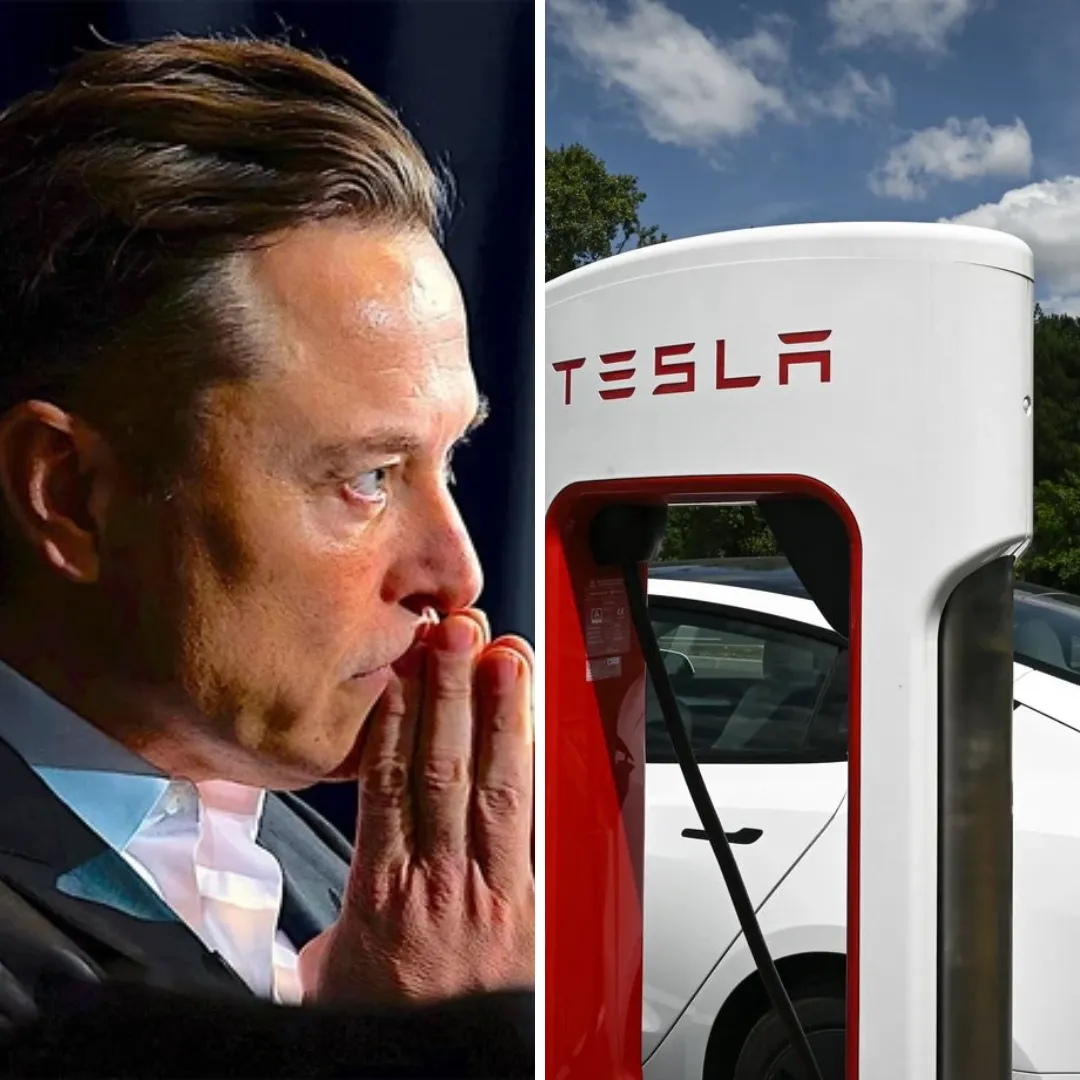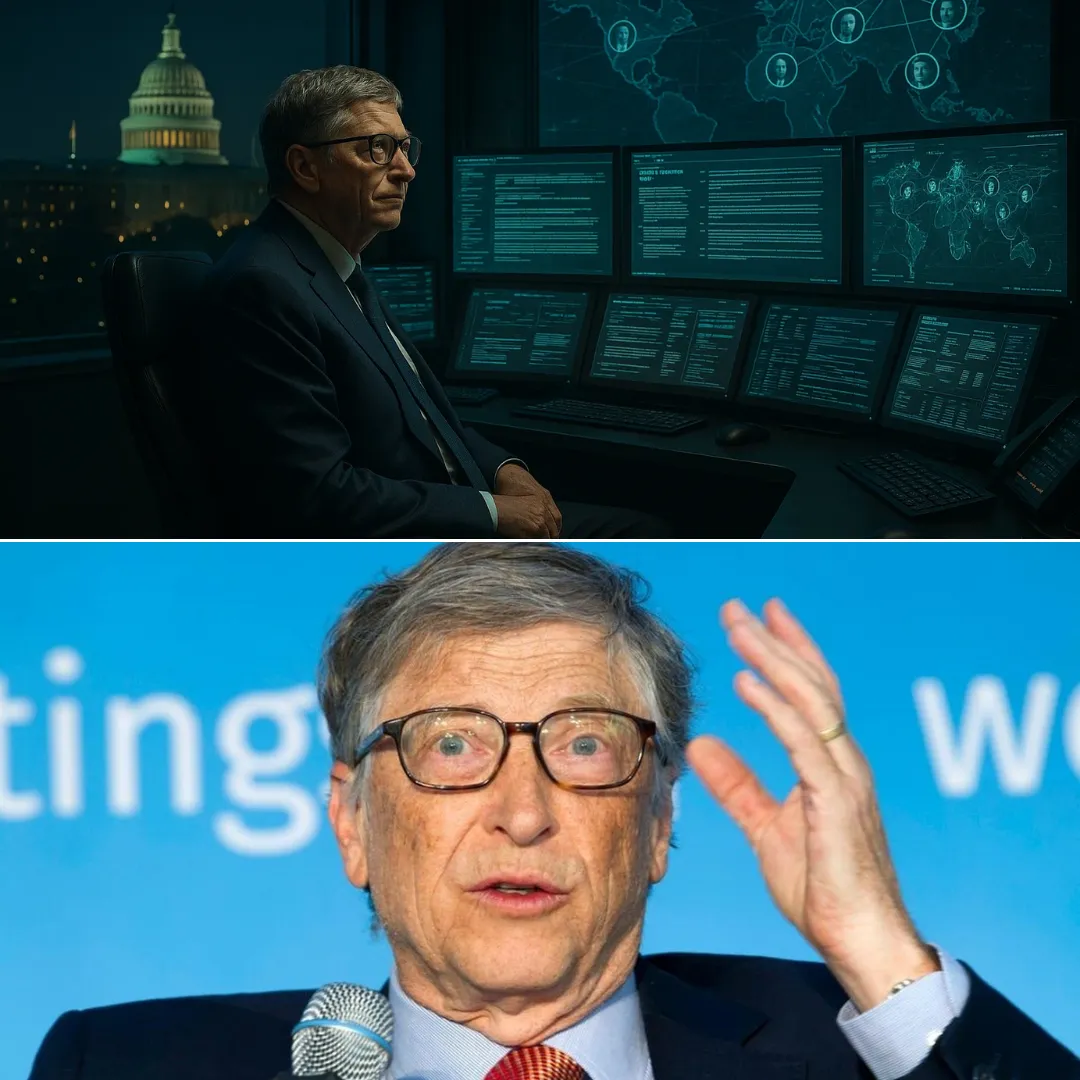
In the world of technology and innovation, few names are as synonymous with revolutionizing industries as Elon Musk and Jensen Huang. Both men have been at the forefront of shaping the future of technology, but their approaches to innovation and their visions for the future could not be more different.
While Musk is known for his bold, far-reaching ambitions that often start with a specific vision of the future, Huang takes a more grounded approach, focusing on the possibilities of what technology can do today and pushing the boundaries of those possibilities step by step.
Musk’s approach to innovation is famously visionary. He starts with a clear, almost fantastical picture of the future, such as standing on the surface of Mars, and builds the necessary technologies to make that vision a reality. Musk’s ability to dream big and execute on his ambitious goals has led to the creation of groundbreaking companies such as SpaceX and Tesla.
His mission to colonize Mars, develop electric vehicles, and reshape the way we think about energy and transportation has captured the imagination of the world. For Musk, technology is not just about improving the present, it’s about creating a future that is radically different from anything we can imagine today.

Jensen Huang, the CEO of NVIDIA, takes a different approach to innovation. Rather than starting with a specific vision of the future, Huang focuses on what is possible with the technology at hand today. Huang’s philosophy is grounded in the present, starting with the capabilities of current circuits and technologies and thinking through the potential to push those capabilities further.
It is from this point of practicality that Huang looks to the future, building upon existing technologies and gradually expanding them in ways that are both logical and intuitive. This methodical approach has led to some of the most significant breakthroughs in computing, particularly in the realm of artificial intelligence and parallel computing, through NVIDIA’s CUDA platform.
What sets Huang apart from Musk is his ability to feel the pulse of technology, recognizing the moment when a breakthrough is about to happen. While Musk’s bold vision drives him to pursue what might seem like impossible goals, Huang’s success lies in his ability to sense when the right conditions for innovation have arrived.
He doesn’t wait for the future to come to him; he engages deeply with his customers, employees, and researchers to gauge where the industry is heading. By understanding the needs of the community, Huang has been able to create technologies that not only meet the demands of today but also pave the way for the breakthroughs of tomorrow.
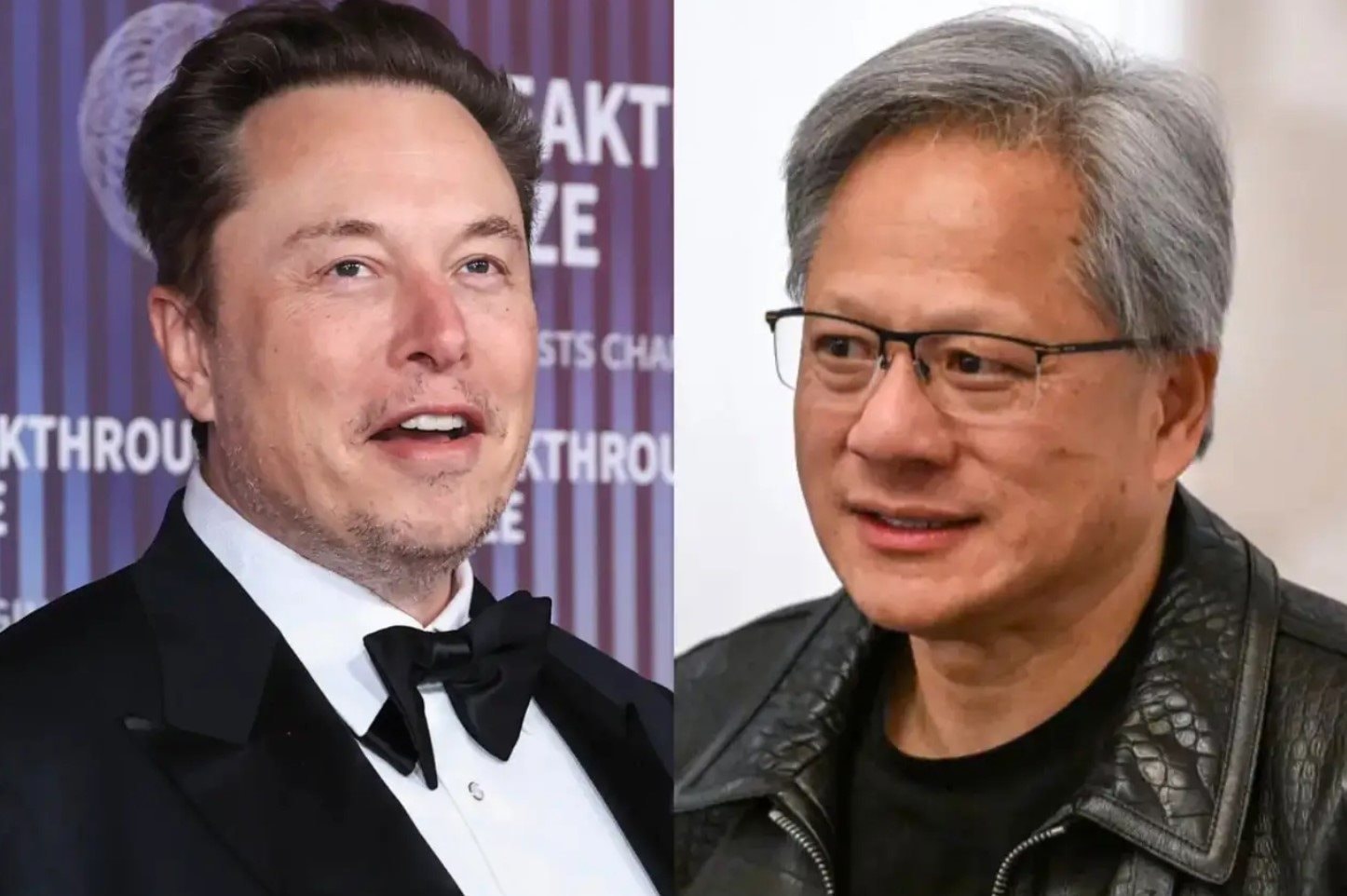
Huang’s leadership at NVIDIA is a prime example of how listening to the people around you can lead to massive innovations. His ability to connect with both customers and employees on a personal level has helped him to stay ahead of the curve in the rapidly evolving tech landscape.
Huang is not just a CEO; he is an active participant in the development of the technologies his company creates. His interactions with researchers, his ability to sense the excitement in their voices as they discuss new ideas, and his willingness to take risks for the sake of innovation have made him a unique figure in the tech world.
Unlike Musk, whose vision often takes him to outer space or to futuristic cities on Mars, Huang’s focus is on the tangible here and now. By empowering "mad scientists" and distributing affordable supercomputers to researchers, Huang hopes to trigger a revolution in the field of artificial intelligence and computing.
His goal is not to build something entirely new but to unlock the potential of existing technologies and push them to their limits. This approach has paid off, with NVIDIA’s GPUs becoming the foundation of AI research and development across the globe.
However, Huang’s vision is not just about the present. He understands that breakthroughs in technology are often driven by the unconventional thinkers, the ones who dare to challenge the status quo. In his mind, the next big breakthrough in AI may come from an unknown researcher who is willing to sacrifice everything for a new idea.
It’s this willingness to take risks on new ideas and give unconventional thinkers the tools they need that makes Huang’s approach so successful. By providing affordable GPUs and building an ecosystem that supports innovation, Huang is helping to shape the future of computing and AI in ways that Musk’s grand visions may never be able to.
Musk’s approach to innovation, while impressive, can sometimes be seen as overly focused on the end goal. His vision of the future is clear and powerful, but it often lacks the flexibility to adapt to the changing landscape of technology. Musk has revolutionized multiple industries with his ventures, but his focus on grand, often unrealistic goals has led to setbacks, such as the failure of the Cybertruck and the slow progress of colonizing Mars.
While Musk’s ability to dream big has led to some incredible achievements, his approach can sometimes alienate those who are more focused on practical, incremental progress. Huang’s success, on the other hand, comes from his ability to understand the importance of small steps.
)
He doesn’t just focus on the end goal; he focuses on the process of getting there. By building on existing technologies and continually refining them, Huang has been able to create an environment where innovation can thrive without the need for a grand vision of the future. He understands that progress doesn’t always come in giant leaps; sometimes, it’s the small, steady steps that lead to the most significant breakthroughs.
In the end, the contrast between Musk and Huang highlights two very different approaches to innovation. Musk’s grand, futuristic vision drives him to push the boundaries of what is possible, while Huang’s methodical, present-focused approach allows him to stay grounded in the reality of today’s technologies while still achieving groundbreaking results.
Both men are shaping the future of technology in their own ways, but their paths are very different. Musk’s journey is one of bold leaps into the unknown, while Huang’s is one of steady, incremental progress that builds on the strengths of today’s technologies.
Both approaches have their strengths and weaknesses, and it’s clear that the future of technology will require a combination of both. Musk’s ability to dream big and push for the impossible will continue to drive innovation in areas such as space exploration and electric vehicles. At the same time, Huang’s ability to harness the power of existing technologies and push them to new limits will be crucial in the fields of AI and computing.

The future of technology is not about one man’s vision or the other’s approach; it’s about finding the right balance between bold innovation and practical progress. Only time will tell which path leads to the greatest breakthroughs, but for now, both Musk and Huang are proving that innovation is not a one-size-fits-all endeavor.

